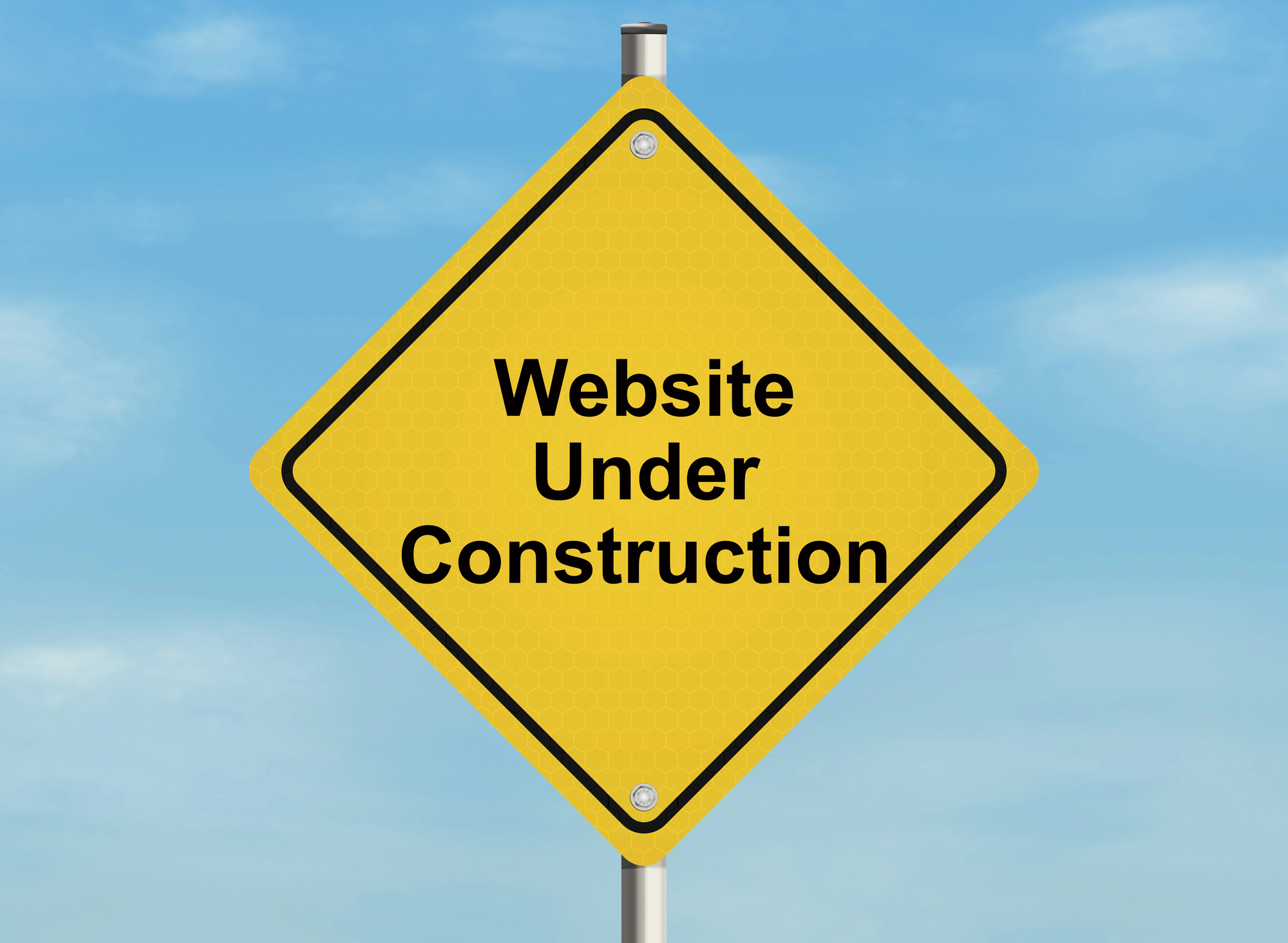What is Responsive Web Design?
Web design is constantly evolving. With a higher percentage of consumers turning to the internet for their shopping needs each year, the focus on targeting all platforms (mobile, tablet, laptop, etc.) has become crucial.
The online shopping experience needs to satisfy the viewer quickly and be easy to utilize, no matter if it’s done from a smartphone or desktop. How can this be accomplished if trends are always changing?
Responsive Web Design
You might’ve heard this term thrown around a bit. But, what is it exactly? Responsive web design refers to the concept of a design and development that responds to the user’s behavior and environment in regards to factors such as the size of their screen, the platform used and orientation.
To start, you want to focus on all of the details of your online presence, how information is presented and the layout.
Navigation: With responsive design, minimal is best. Think about how you are designing for smaller screens, and then keep it simple. You don’t want heaps of categories. Instead work within limitations of screen size. Use smarter navigation tools, such as drop down menus, in-page links and icons with text.
Call to Action: On a mobile device, the call to action button needs to POP. It should be what a user’s eyes are automatically drawn to. Focus on the size and shape of the button, as well as color. Choose something bright, in a classic circular or rectangular shape. For size, take care not to get too crazy, but a larger button makes it easier for users to click correctly with their finger.
Content organization: Always remember that your content needs to tell a story. What are the most important messages you want to get across to your users and what is the best way to convey them so they flow naturally? Designing around your content is a good way to organize and see ideas clearly.











